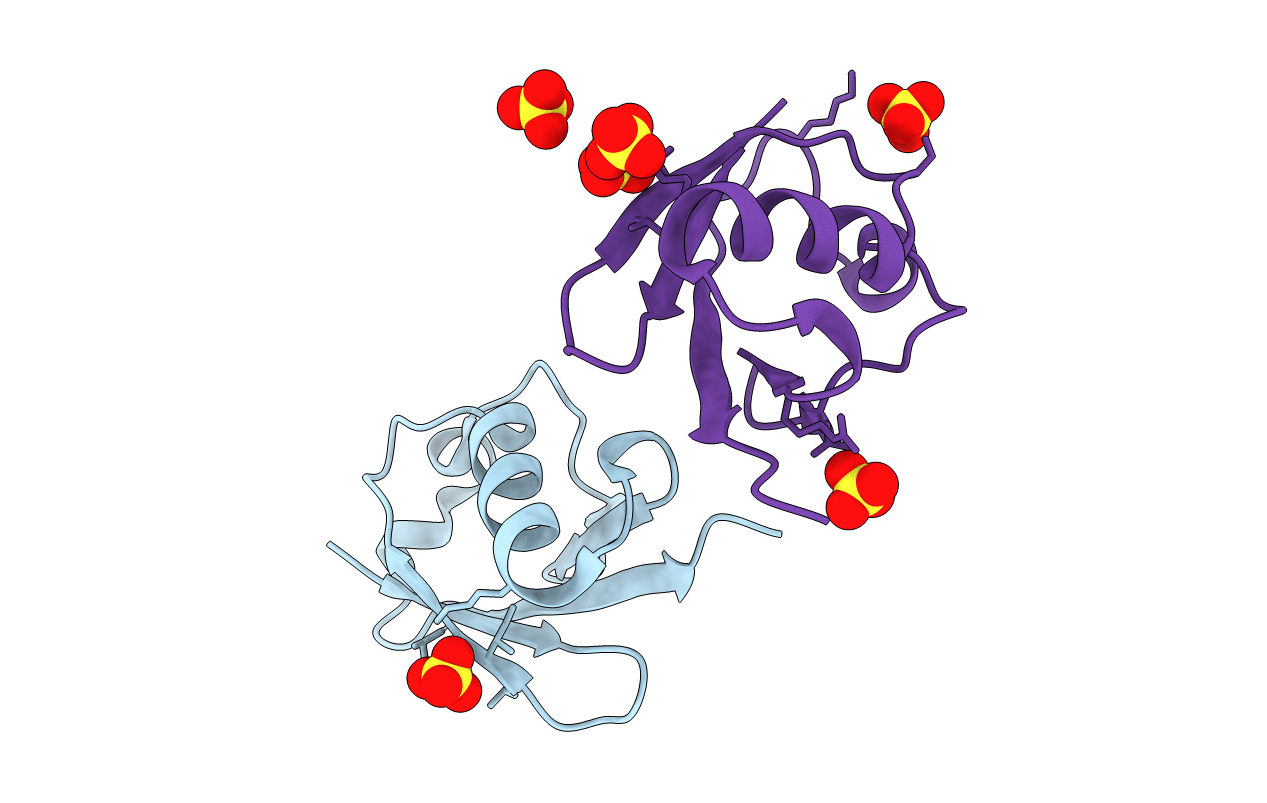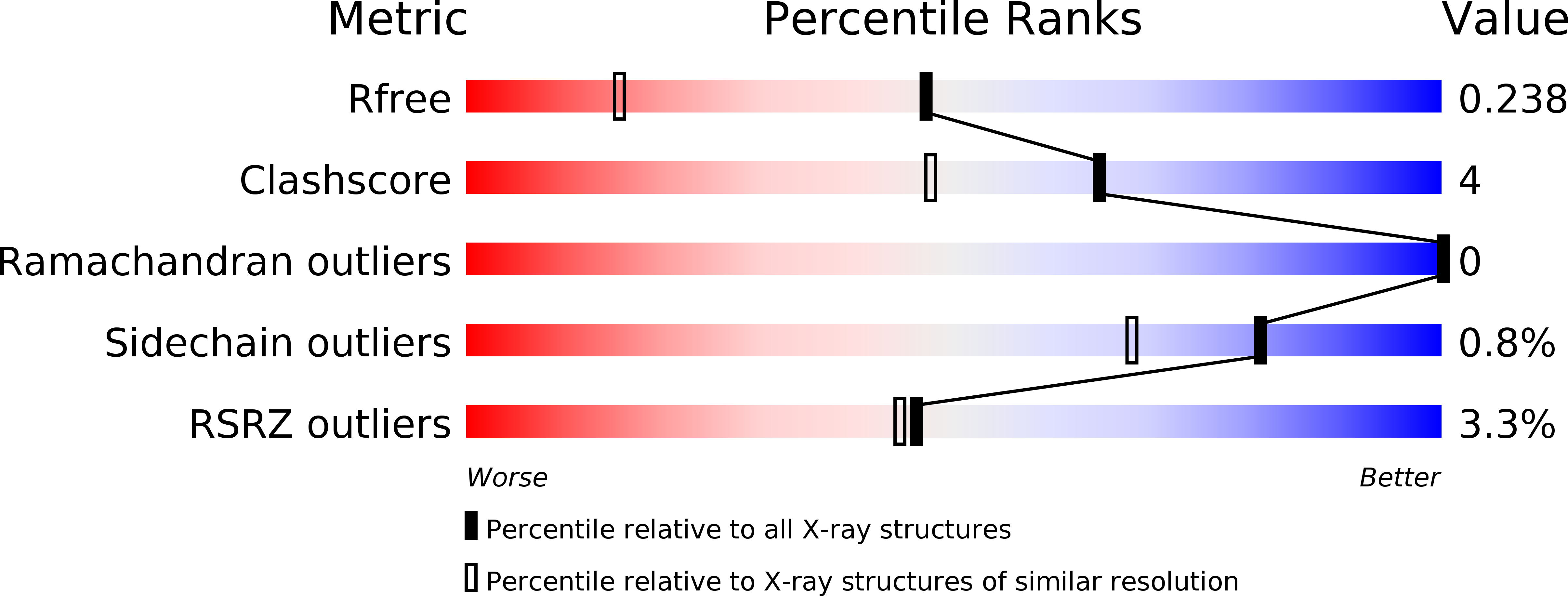
Deposition Date
2017-09-06
Release Date
2017-11-22
Last Version Date
2024-01-17
Method Details:
Experimental Method:
Resolution:
1.63 Å
R-Value Free:
0.23
R-Value Work:
0.19
R-Value Observed:
0.19
Space Group:
P 2 21 21


